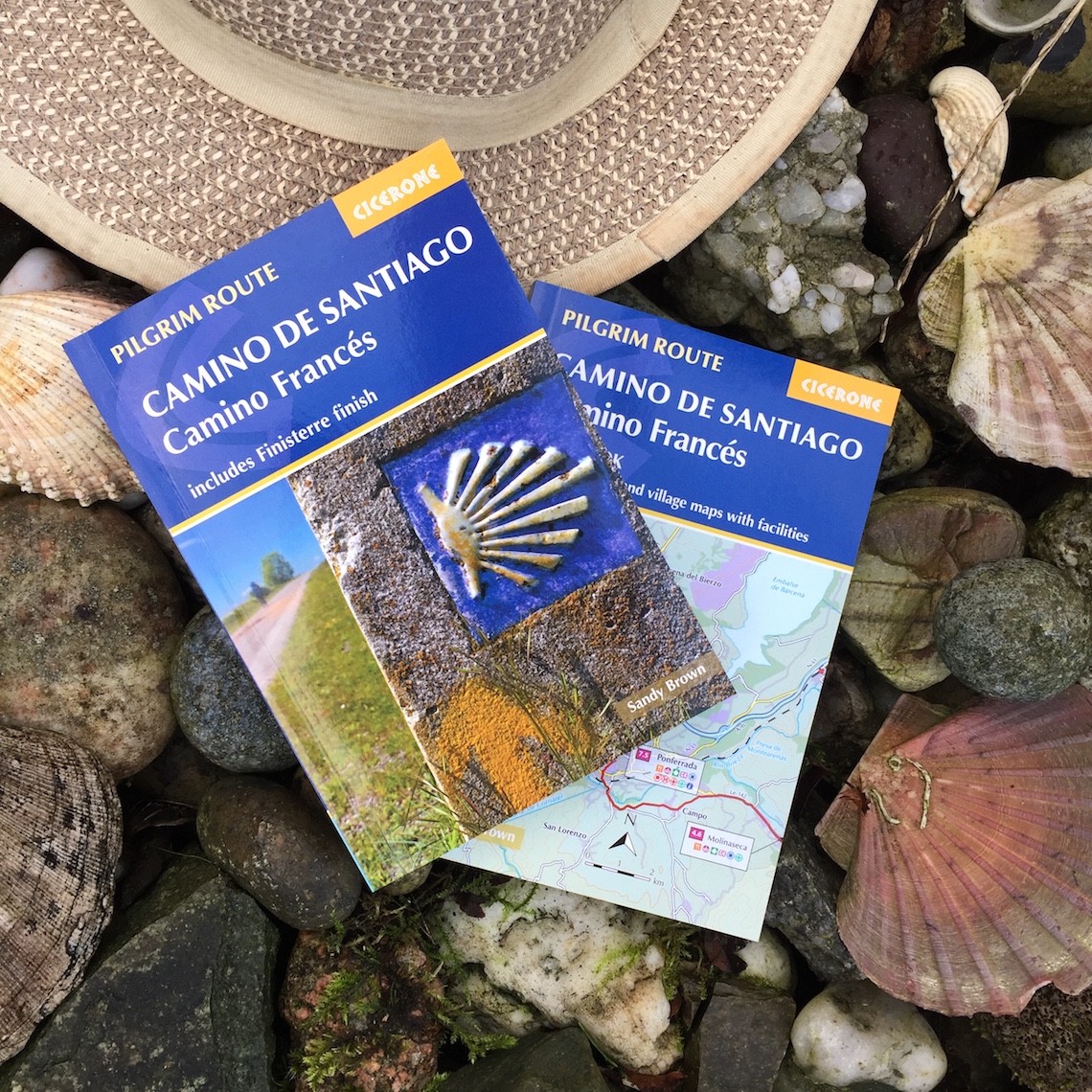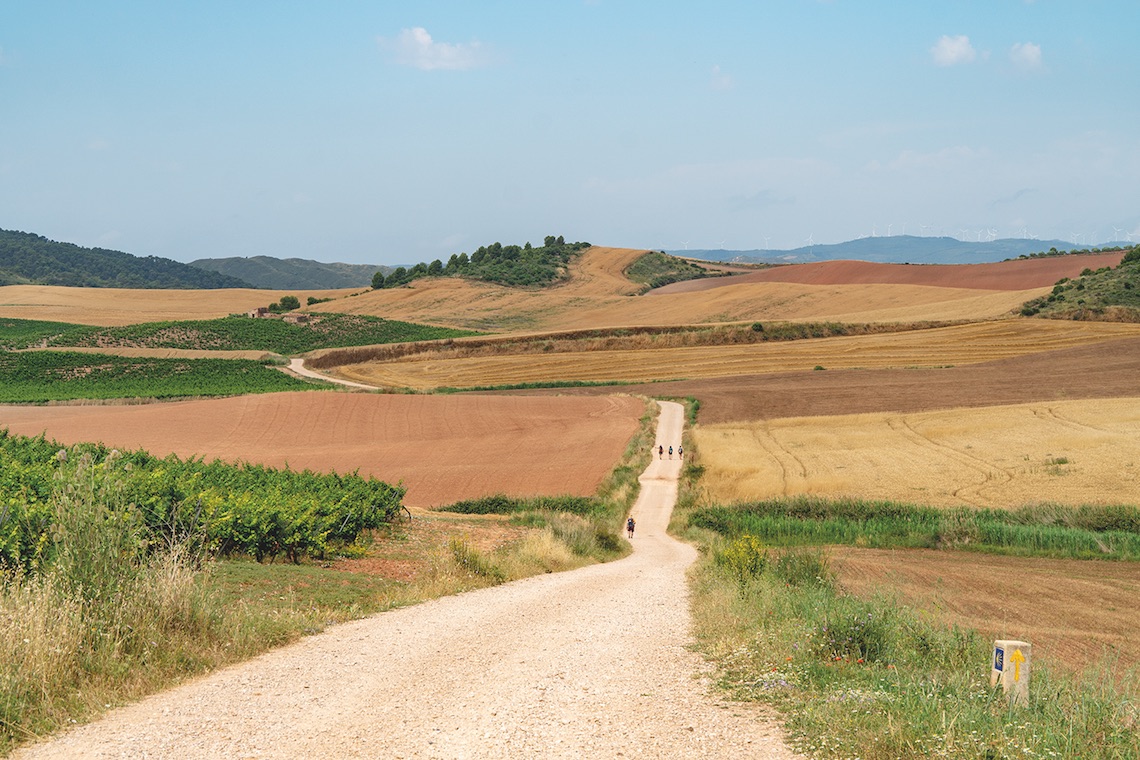There are few hiking trails on Earth with as much history as the Camino de Santiago, or Way of St James, the acclaimed pilgrimage that traverses northern Spain for over 500 miles. It’s one of those iconic hikes that finds its way onto every adventurer’s bucket list for one reason or another, be it the religious significance, epic distance or unique challenge it presents. Under the warm glow of the Spanish sun, there’s so much to discover on the Camino de Santiago, not just about the route, it’s travellers and the stunning landscape, but also about yourself.
We teamed up with the folks over at Cicerone, a leading publisher of guidebooks for adventures all around the world, to get the low-down on hiking the Camino de Santiago. If you are planning to hike this incredible route, don’t forget to grab a copy of their brand-new Camino de Santiago guidebook, which includes a separate map book, full details of facilities and background information from Santiago to Finisterre. Check it out here.
What is the Camino de Santiago?
The Camino de Santiago, or Way of St James, is a world-famous Christian pilgrimage through the scenic countryside of northern Spain. As well as being an important religious route, the Way of St James has now become a popular long-distance trail for hikers of all beliefs, hoping to tackle the immense distance and undulating landscapes on foot.
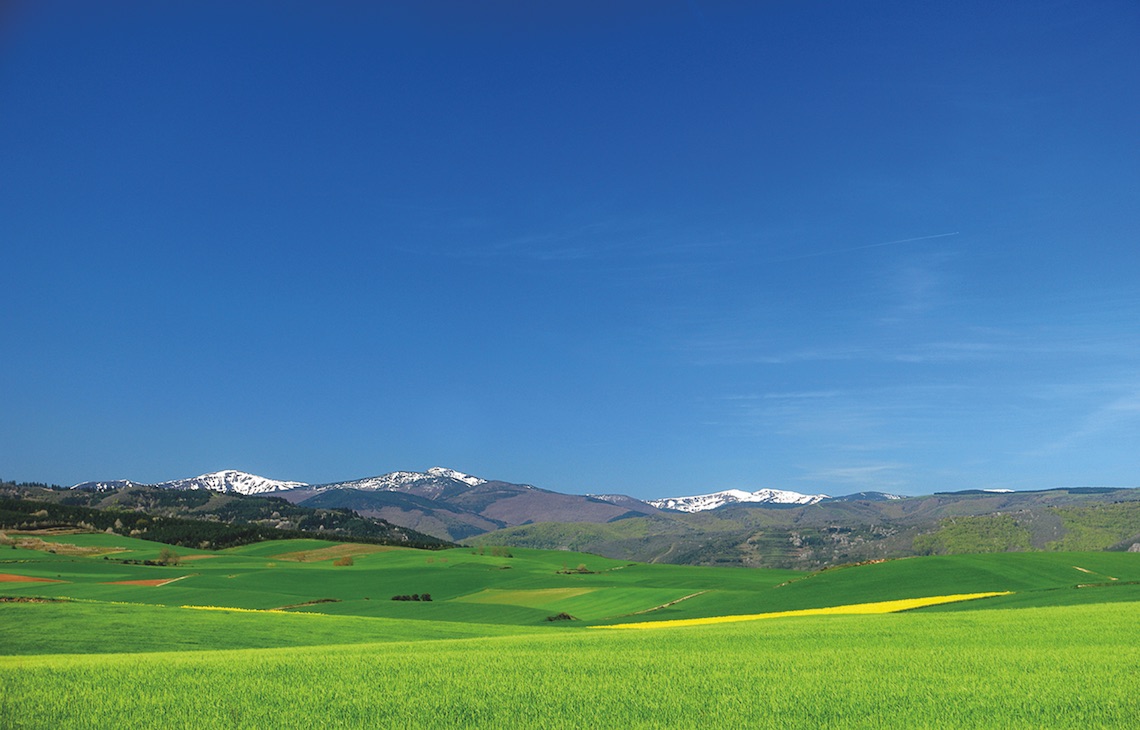
The Camino de Santiago is thought to have originated when the remains of St James were transported by boat from Jerusalem and then across northern Spain to Santiago, where he was eventually laid to rest. Some even believe the route has pagan origins, harkening back to a time when pilgrims would walk to Finisterre or the ‘end of the Earth,’ braving the many perils of the camino in order to pay tribute to their saint.
Nowadays you’re unlikely to find bandits, wolves and bears along the way, however what you will find are stunning vistas, friendly, welcoming people and the chance to tick off one of the most famous hiking routes in the world. While there are a few different routes to Santiago, the most popular and well-maintained route is the original Camino Francés, and the start of the trail is found in St Jean-Pied-de-Port among the stunning natural beauty of the French Pyrenees. From here you’ll meander through Spain’s Basque country and the breath-taking Pamplona before traversing the vineyards of La Rioja to make your way to the fragrant eucalyptus forest of Galicia.
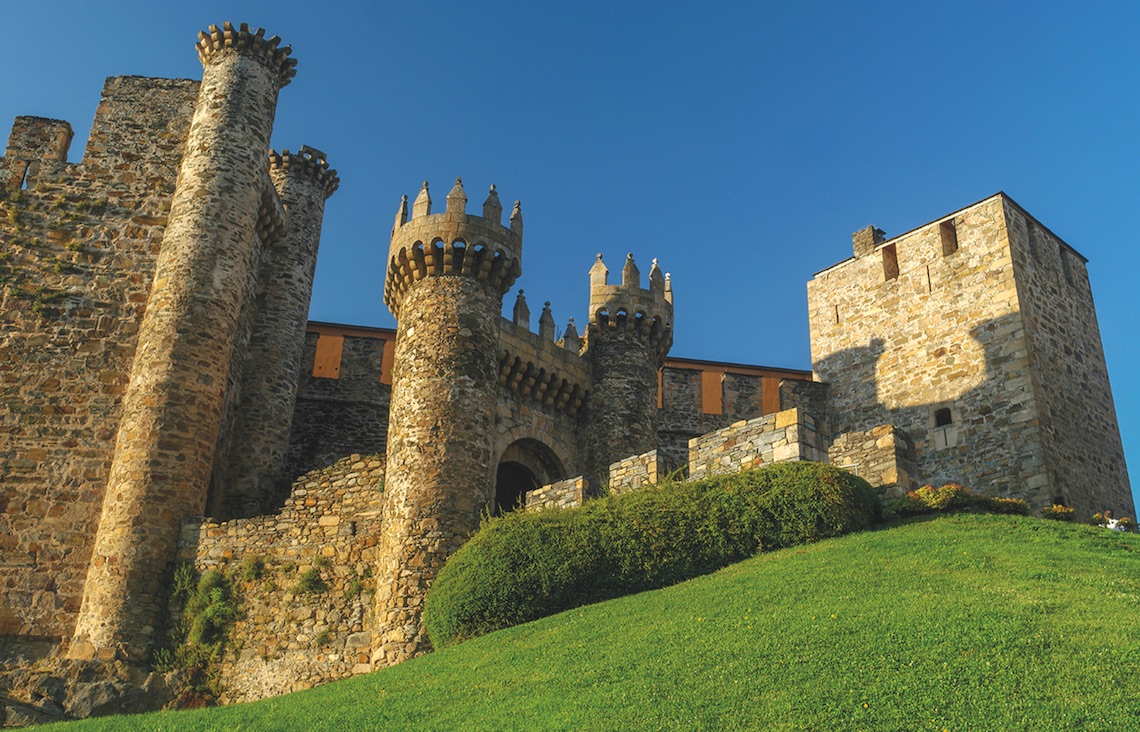
There are two main end points for the Camino de Santiago, the first being the more obvious Santiago and the second being Finisterre, right on Spain’s western coast. Many choose to end their incredible journey by touching the stone at the entrance to the cathedral in Santiago, while others prefer to ‘complete’ their pilgrimage by continuing all the way to the coast in Finisterre, or the edge of the world (as the Pagans believed). It all depends on your preference and how much time you have.
It’s also worth mentioning that not everyone has the time and resources to hike all 500 miles of the Camino de Santiago. Many choose to simply hike one section of it. This handy guide from Cicerone breaks the whole route down into six sections with 36 customisable stages, helping you to find the portion that’s best for you.
When is the best time to hike the Camino de Santiago?
It is possible to hike the Camino de Santiago all year round, however we recommended spring or autumn for the best conditions. While summer is popular, the weather can get blisteringly hot and the hostels often crowded or fully booked. Winter can bring extreme cold, un-passable peaks and hostel closures, so is not generally recommended. It takes the average hiker about four to five weeks to hike the entire route.
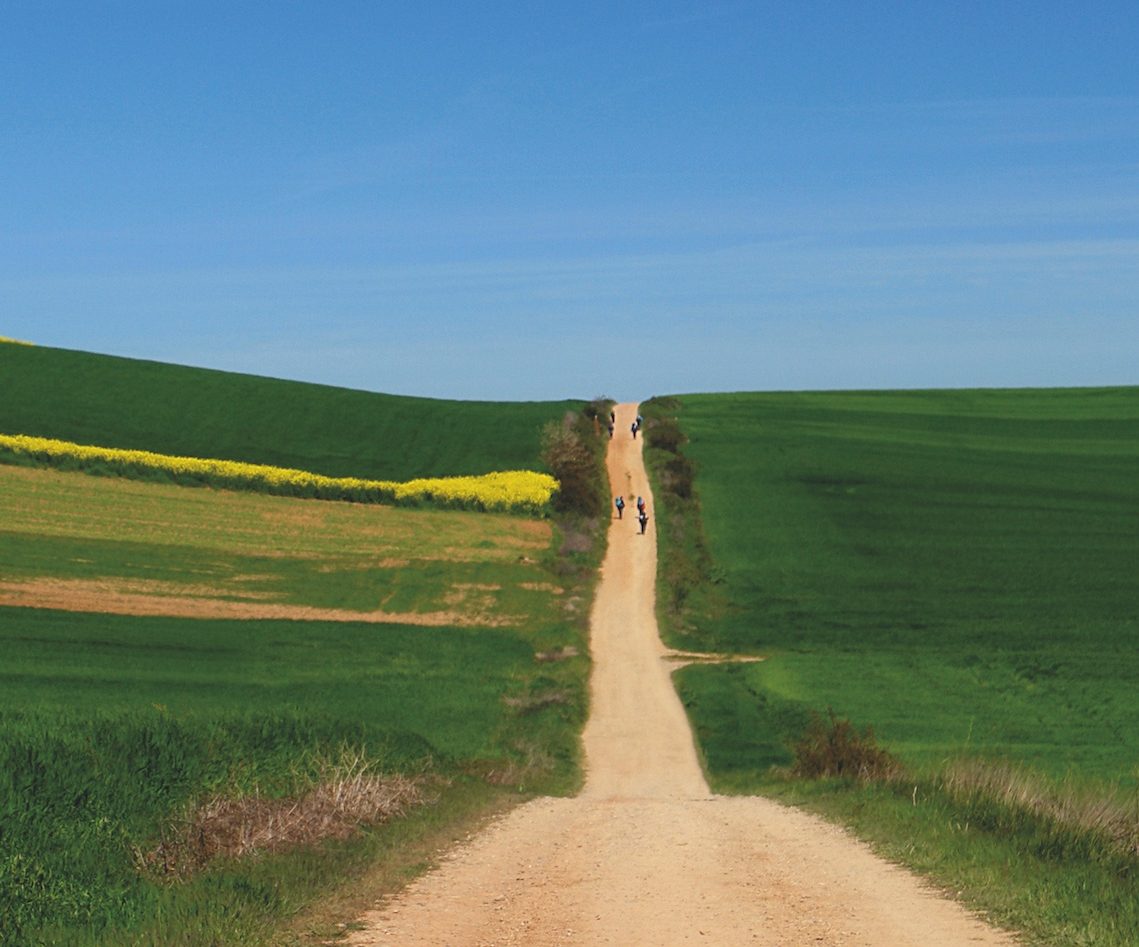
Where do you eat and sleep on the Camino de Santiago?
Pilgrims have been hiking this iconic route for over two thousand years, meaning the facilities, villages and trails along the trail are well equipped to handle travellers. There are hundreds of pilgrim hostels, known as Albergues, often run by local councils or churches and manned by friendly volunteers. They won’t cost much – as little as €3 for the night or even sometimes free when you show your pilgrim passport, while the majority fall between €5 to €15 for the night. Some of the larger towns are equipped with bigger hostels and private rooms, allowing you to indulge in a little luxury.
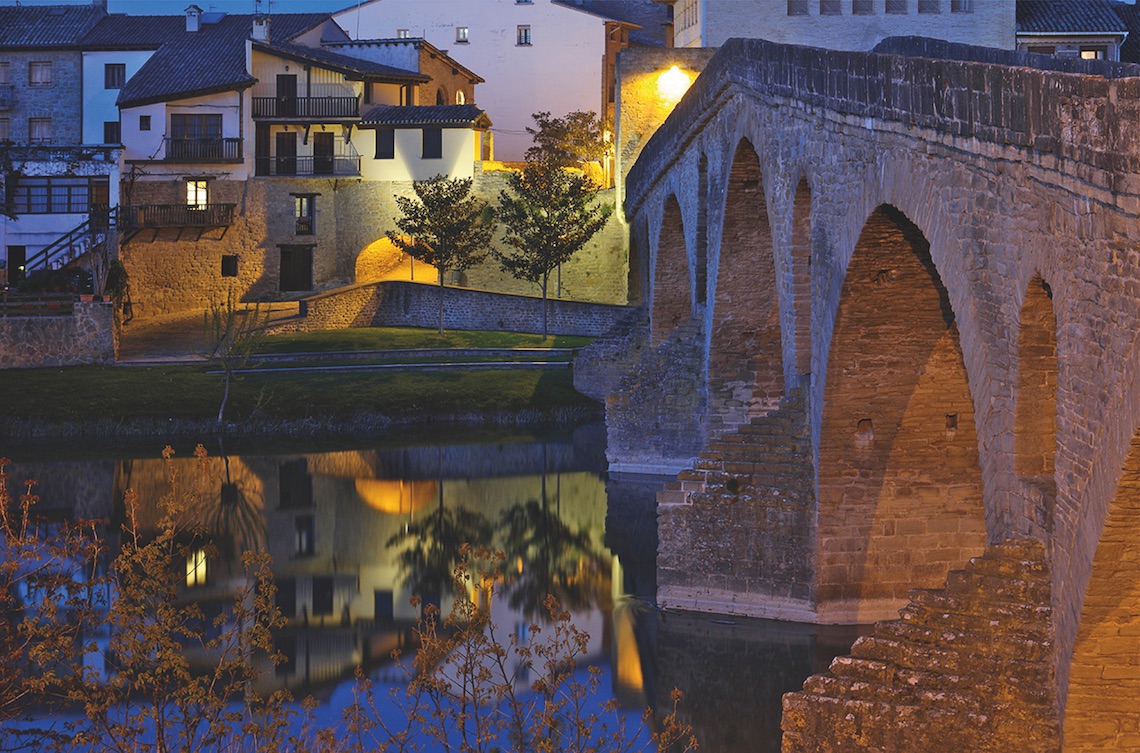
Staying in the albergues is a great way to meet fellow travellers and share a hearty meal – if your hostel doesn’t serve food then you can head out to the nearest taverna for a menú del día (often complete with bottomless red wine) which offer great value for hungry pilgrims.
For a list of over 500 pilgrim hostels along the Camino de Santiago, don’t forget to buy this cicerone guide, which also includes the contact details and a description of the facilities available for each one.
You’ll also find loads of important information about where to eat, budgeting, local cultures, pilgrim etiquette and even what to pack and how to prepare. You can buy the book here, which is also available as an ebook for downloading on to your smart device. Cicerone has also developed a comprehensive new app for walking the Camino de Santiago, which is available for download here.
